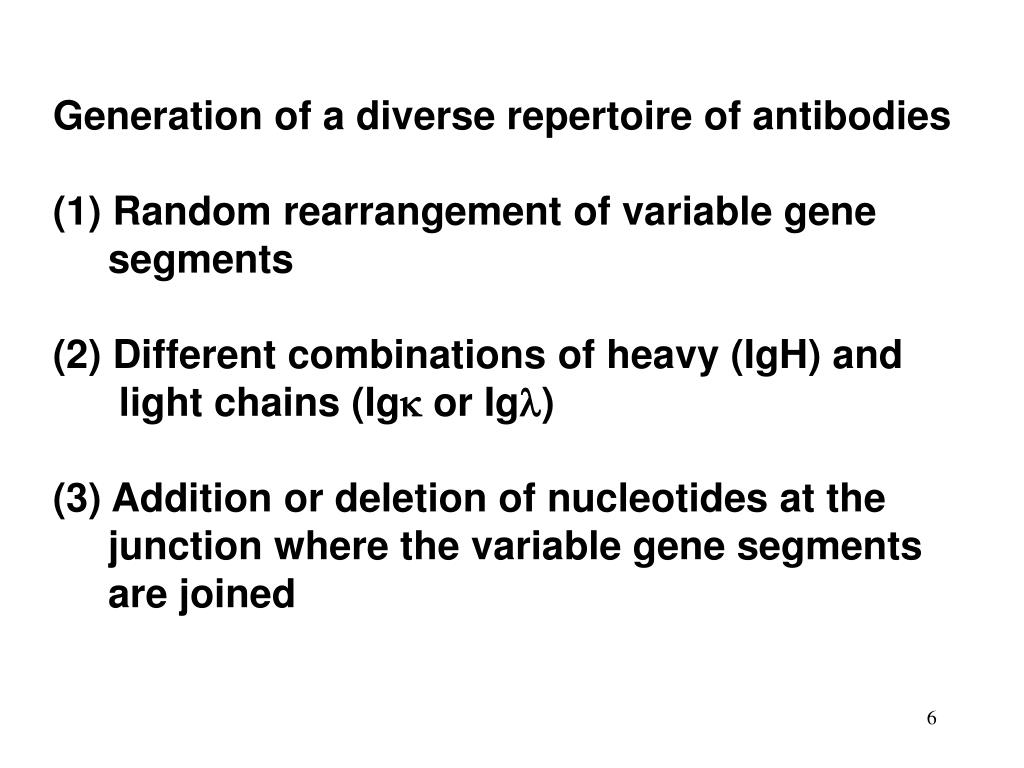

c Proportions of expressed, binding, and neutralizing antibodies in the top 100 frequent recovered mAbs in antibody repertoire. b Paired V gene use in B cell repertoire induced by SARS-CoV-2 vaccines based on RBD (left) or S (right). Colored slices are proportional to the number of clonal relatives. a Pie charts show clonal expansion of SARS-CoV-2-specific B cells in the germinal center for IGVH (upper panel) or IGVL (bottom panel). SARS-CoV-2 antigen (mixture of RBD and S proteins) positive B GC cells in lymph nodes from vaccinated mice were sorted by flow cytometry and then placed into the 10× Chromium (10× Genomics) for high-throughput single-cell V(D)J sequencing. In contrast, the most dominant germline combination used by the S group was VH5-9-1:KV13-84, and its frequency was < 5%, and the combined germlines used a larger germline pool for both VH and VL with more dispersed gene frequencies (Fig. Impressively, the RBD group predominantly utilized one germline combination, VH9-3:KV5-45, and its frequency was as high as 14.6% (Fig. To further analyze germline usage in SARS-CoV-2-specific B GC cells for the RBD and S groups, we also figured out a whole VH and VL pairing (VH:VL) landscape for the top 20 used germlines of VH and KV for each group. In detail, the most frequent germline presented by SARS-CoV-2-specific B GC cells in the RBD group, VH9-3 (15.6%) and KV5-45 (13.5%), only accounts for 3.8% and 0.2% in the S group, respectively (Fig. The V gene germline usage by the RBD and S groups presented distinct spectrums for both VH and VL (Fig. As a result, from the RBD group, 3615 variable regions for heavy chain (VH) and 4163 variable regions for light chain (VL) were obtained with 3048 in pairs consisting of 1611 clones from the S group, 1505 VH and 1684 VL were obtained with 1227 in pairs consisting of 762 clones (Fig. S3) and then placed into the 10× Chromium (10× Genomics) for high-throughput single-cell V(D)J sequencing to obtain accurately paired full-length variable regions (Supplementary Fig. S2c–e).Īt 8 weeks following initial immunization, SARS-CoV-2-specific germinal center memory B cells (B GC) from the lymph nodes were sorted by flow cytometry (Supplementary Fig. The RBD- and S-elicited sera exhibited convergent trends for decrease or increase in neutralization activity against all 32 pseudoviruses in the study, and only the G476S and S477N mutations led to a 1.2–1.8-fold decrease of the neutralization activity for both RBD- and S-vaccinated sera (Supplementary Fig. Next, we assayed neutralizing activity of mouse vaccinated sera against currently emerging SARS-CoV-2 variants. S2b), suggesting a potential correlation of recognized epitope profile by the antibody repertoire to its neutralizing activity. S2a), whereas the neutralizing antibody titer induced by S vaccinations was significantly higher than that by RBD vaccinations (Supplementary Fig. At 8 weeks post initial vaccination, the RBD vaccine elicited comparable S-specific immunoglobulin G levels to the S vaccine with both titers reaching up to 10 6 (Supplementary Fig.

Mice were immunized with two doses of 15 μg RBD or S mRNA vaccines or placebo at a 4-week interval. mRNA transfection of HEK293T cells confirmed robust protein expression in culture supernatants for the RBD construct and in cell lysates for the S construct (Supplementary Fig. The S-6P variant was constructed by introducing four additional beneficial proline substitutions (F817P, A892P, A899P, and A942P) with an aim to increase protein yield and prefusion stability on the basis of the 2P variant utilized by mRNA-1273 and BNT162b2 vaccines 9. We initially designed two mRNA constructs expressing RBD and the 6P variant of the full-length S protein (S-6P) 9 (Supplementary Fig.


 0 kommentar(er)
0 kommentar(er)
